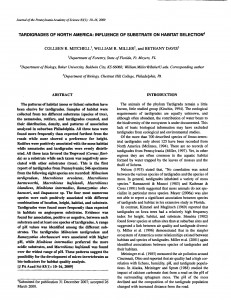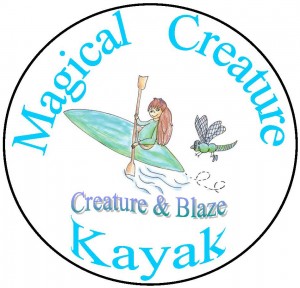Journal of the Pennsylvania Academy of Science 83(1): 10-16, 2009
ABSTRACT
The patterns of habitat (moss or lichen) selection have been elusive for tardigrades. Samples of habitat were coUected from ten different substrates (species of tree), the nematodes, rotifers, and tardigrades counted, and their distribution, density, and patterns of association analyzed in suburbau Philadelphia. All three taxa were found more frequently than expected furthest from the roads while none showed a preference for height. Rotifers were positively associated with the moss habitat while nematodes and tardigrades were evenly distributed. AU three taxa favored the’Dogwood (Comus florida) as a substrate while each taxon was negatively ass0ciated with other substrates (trees). This is the first report of tardigrades from Pennsylvania; 546 specimens from the following eight species are recorded: Milnesium tardigradum, Macrobiotus areolatus, Macrobiotus harmsworthi, Macrobiotus hufelandi, Macrobiotus isiandicus, Minibiotus intermedius, Ramazzottius oberhaeuseri, and ltaquascon sp. The four most numerous species were each positively associated with different combinations of location, height, habitat, and substrate. Tardigrades were found more frequently than expected in habitats on angiosperm substrates. Evidence was found for association, positive or negative, between each substrate and at least one species of tardigrades. A range of pH values was identified among the different substrates. The tardigrades Milnesium tardigradum and Ramazzottius oberhaeuseri were associated with higher pH, while Minibious intermedius preferred the more acidic substrates, and Macrobiotus hufeiandi was found over the widest range of pH. These patterns suggest the possibility for the development of micro-invertebrates as bio-indicators for habitat quality analysis. [J PAAcad Sci 83(1): 1~16, 2009]
~Ella



